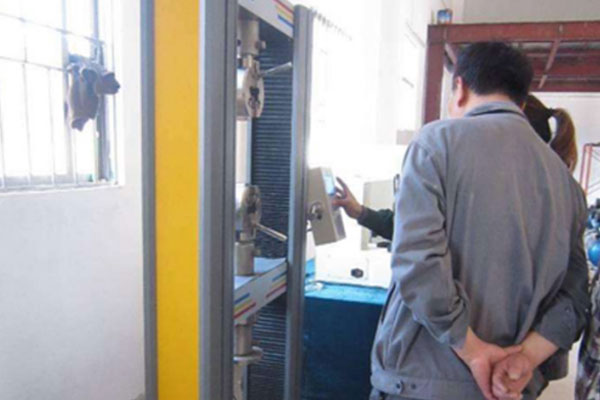Steel Quality Control
To specify the various physical and mechanical properties of the finished product, various tests, both destructive and nondestructive, are performed. Metallurgical, hardness, hardenability, tension, ductility, compression, fatigue, impact, wear, corrosion, creep, machinability, radiography, magnetic particle, ultrasonic, and eddy current are some of the major tests that are performed by quality control personnel.
 Thickness Test
Thickness Test
By using the theory of electromagnetic field to flow into the steel substrate The size of the magnetic flux to determine the coating thickness
 Stretching Test
Stretching Test
Determination of width, before and after coating removal difference to measure the thickness of the coating thickness
 Gloss Meter
Gloss Meter
Measured relative light reflection mirror coating can be measured samples gloss
 Zinc Coated Test
Zinc Coated Test
The firmness of the zinc layer is the adhesion between the galvanized layer and the steel substrate The require
 Bending Machine
Bending Machine
The sample was bent 180 degree around itself, observing bending of the coating cracks or fall off, determining coating cloth cracking or peeling
 Tensile And Yield Strength Test
Tensile And Yield Strength Test
To evaluate a catsuit coating and substrate adhesion or ability to resist the separation between multilevel coating layer in the system
 Color Coating Adhesive Force Test
Color Coating Adhesive Force Test
In the paint and coating industries, paint adhesion testing is often used to determine if the paint or coating will adhere properly to the substrates to which they are applied
 Hardness Testing
Hardness Testing
Steel hardness describes the properties of steel that enable it to resist plastic deformation, indentation, penetration, and scratching







